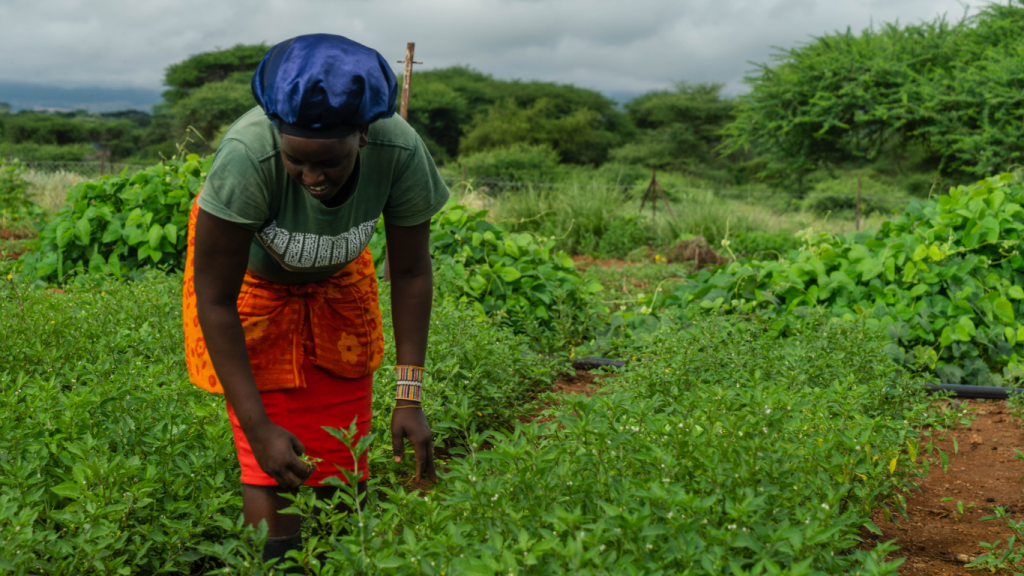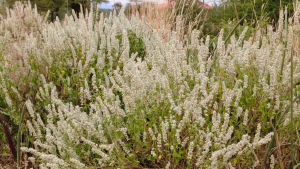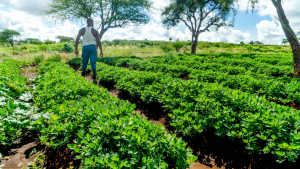
Regenerative agriculture is an innovative farming approach aimed at enhancing and revitalising the ecosystem. It goes beyond merely reducing the impact of agriculture on the environment; it actively improves soil health, increases biodiversity, and supports the ecosystem. By focusing on soil health, regenerative agriculture can increase biodiversity, improve water cycles, and build resilient agricultural systems that can better withstand climate change and provide sustainable food sources.
Key Techniques in Regenerative Agriculture
- Cover Cropping: This practice involves growing plants specifically to benefit the soil rather than for crop harvest. Cover crops help to keep the soil in place, reducing erosion, enhancing soil moisture levels, and boosting nutrient cycling. They can also help sequester carbon in the soil, contributing to climate change mitigation.
- Composting: Utilising organic waste such as food scraps, plant residue, and animal manure, composting enriches the soil by returning essential nutrients. This process not only improves soil structure and promotes healthy microbial activity but also eliminates the need for chemical fertilisers.
- Crop Diversity and Rotation: Implementing diverse crop rotations can mimic natural ecosystems, leading to healthier soil and improved crop resilience. This diversity helps in breaking pest cycles and reducing crop disease, thus decreasing the need for chemical pesticides.
- No-till Farming: This technique minimises soil disruption by avoiding the conventional tilling method, which can degrade soil structure and health. No-till farming helps preserve the soil’s organic matter and keeps carbon sequestered in the ground, reducing greenhouse gases.
- Integrated Animal Management: Incorporating livestock into crop production systems can provide numerous benefits including natural soil aeration through animal movement and natural fertilisation through manure.
Success Stories and Local Impact
Ambokili Farm, located in Kimana, Kenya, serves as a compelling example of regenerative agriculture’s transformative impact. Starting in a semi-arid region plagued by deep gullies and erosion, the farm has successfully revitalized over 9 acres into fertile land teeming with biodiversity. By implementing organic permaculture and other sustainable practices, Ambokili Farm has not only restored the environment but also greatly benefitted the local community. The farm’s initiatives include improving access to nutrition, healthcare, and education, promoting economic empowerment, and enhancing social well-being and cultural diversity. This holistic approach underscores how regenerative agriculture can create vibrant ecosystems that support both nature and human communities. Our efforts demonstrate how agriculture can be a force for good, restoring ecosystems while providing for the needs of humanity.
The Role of Policy and Future Directions
The shift towards regenerative agriculture is supported by various policy recommendations that encourage sustainable practices. This includes levelling investments, supporting diverse food systems, and enhancing support for farmers transitioning to regenerative practices. As more stakeholders from policymakers to local communities recognise the benefits of regenerative agriculture, it is poised to shape a more resilient and sustainable food system globally.
Regenerative agriculture represents a proactive approach to farming that benefits both the planet and its people. By restoring and enhancing the health of the farming ecosystem, it provides a viable solution to many of the challenges facing modern agriculture, including climate change, soil degradation, and biodiversity loss. The future of farming could very well depend on the wider adoption of these regenerative practices, creating a sustainable legacy for generations to come.






